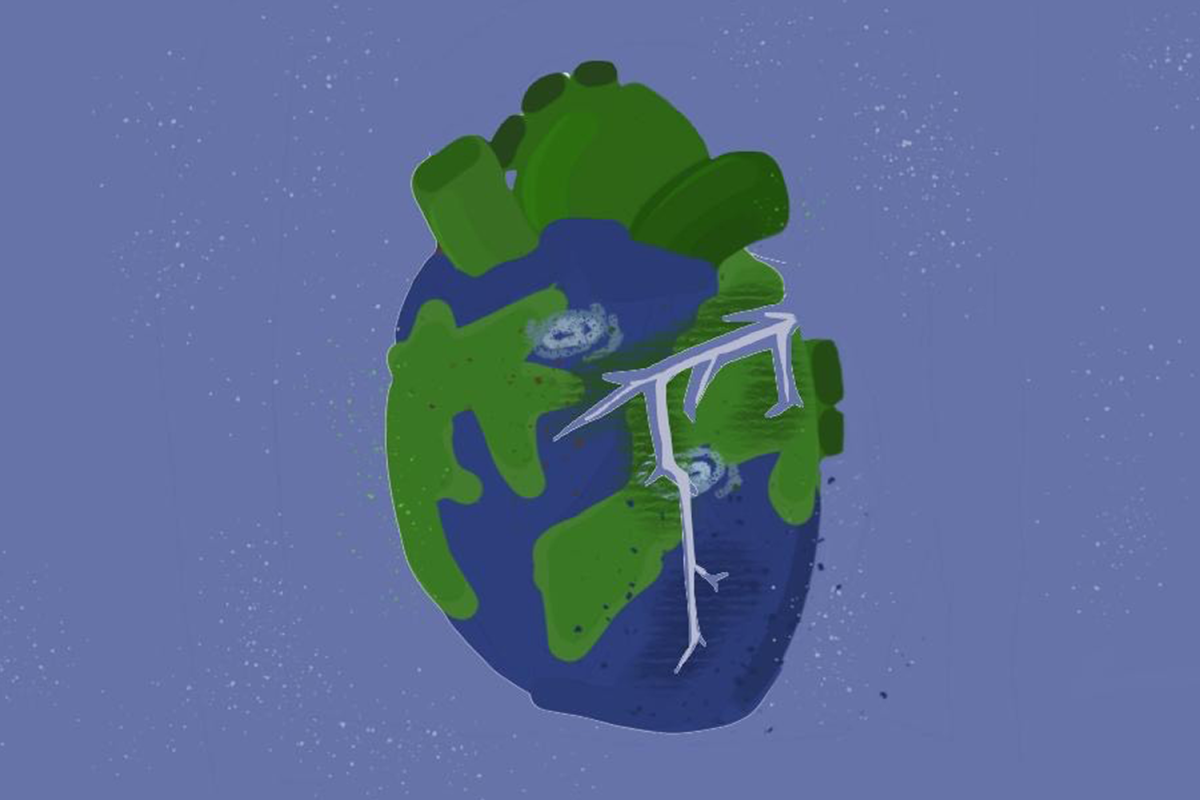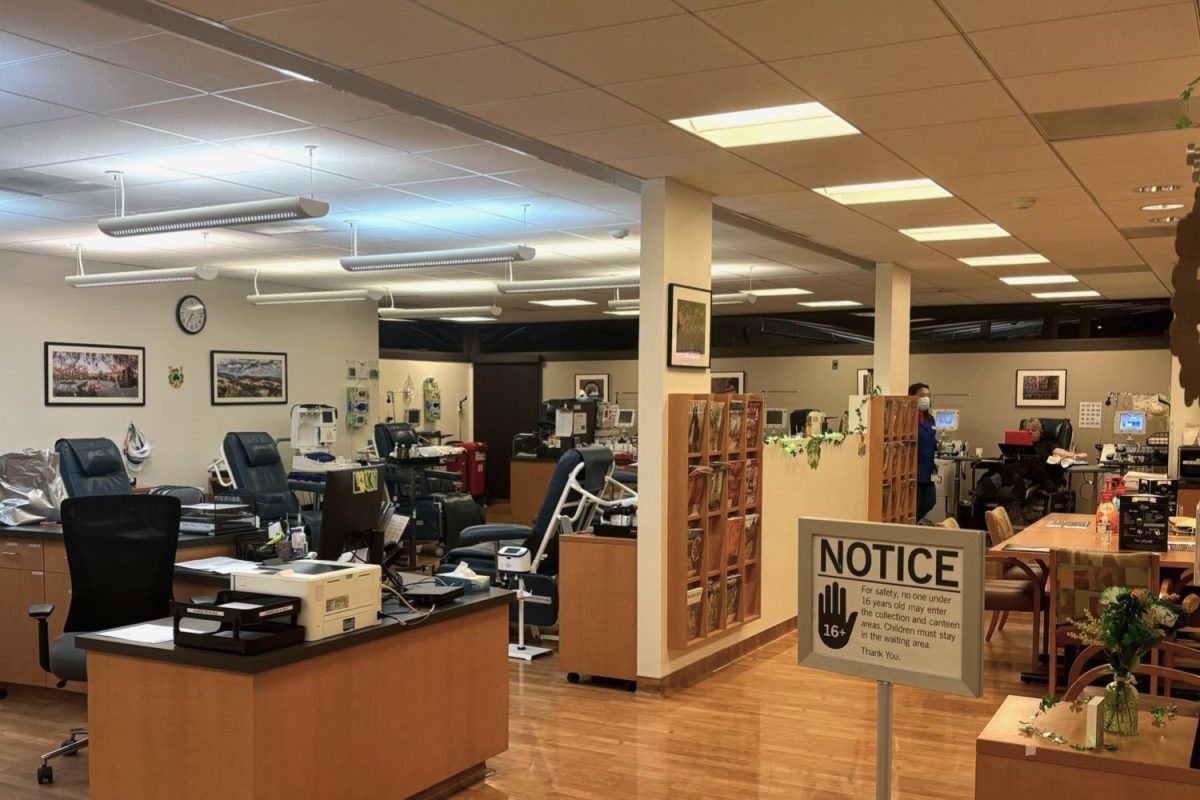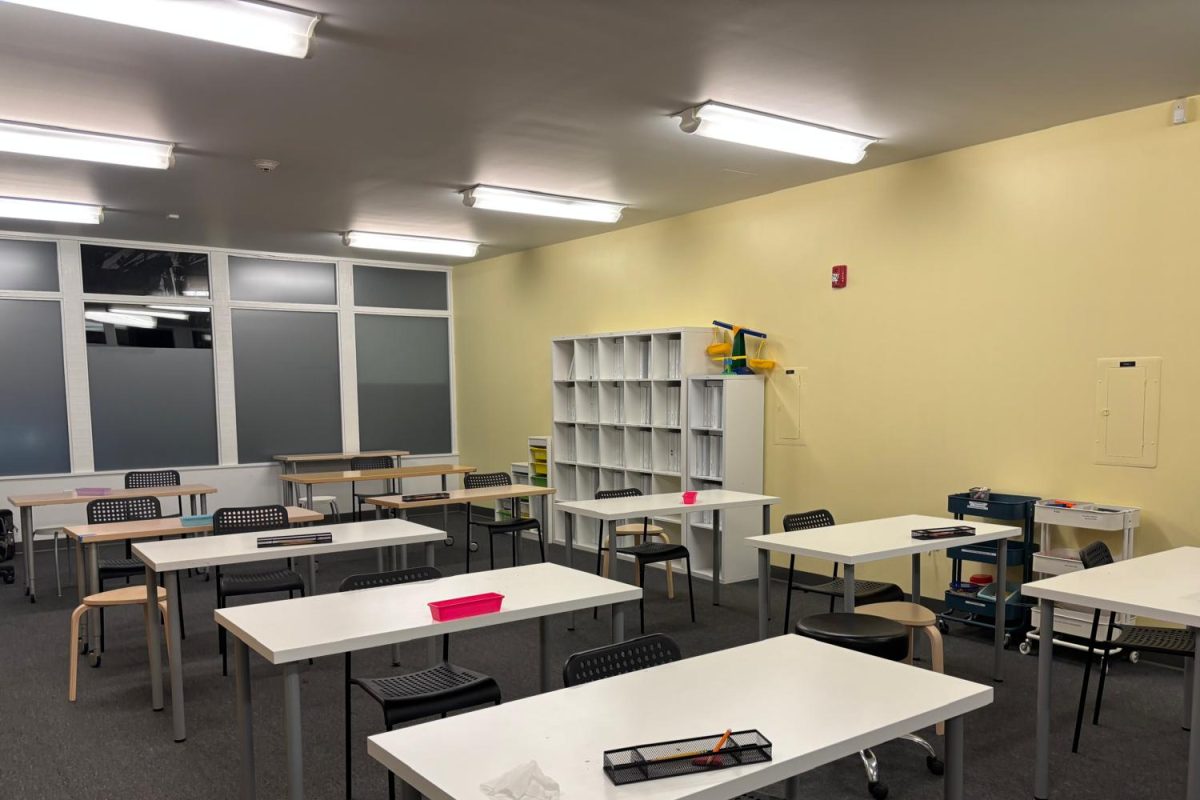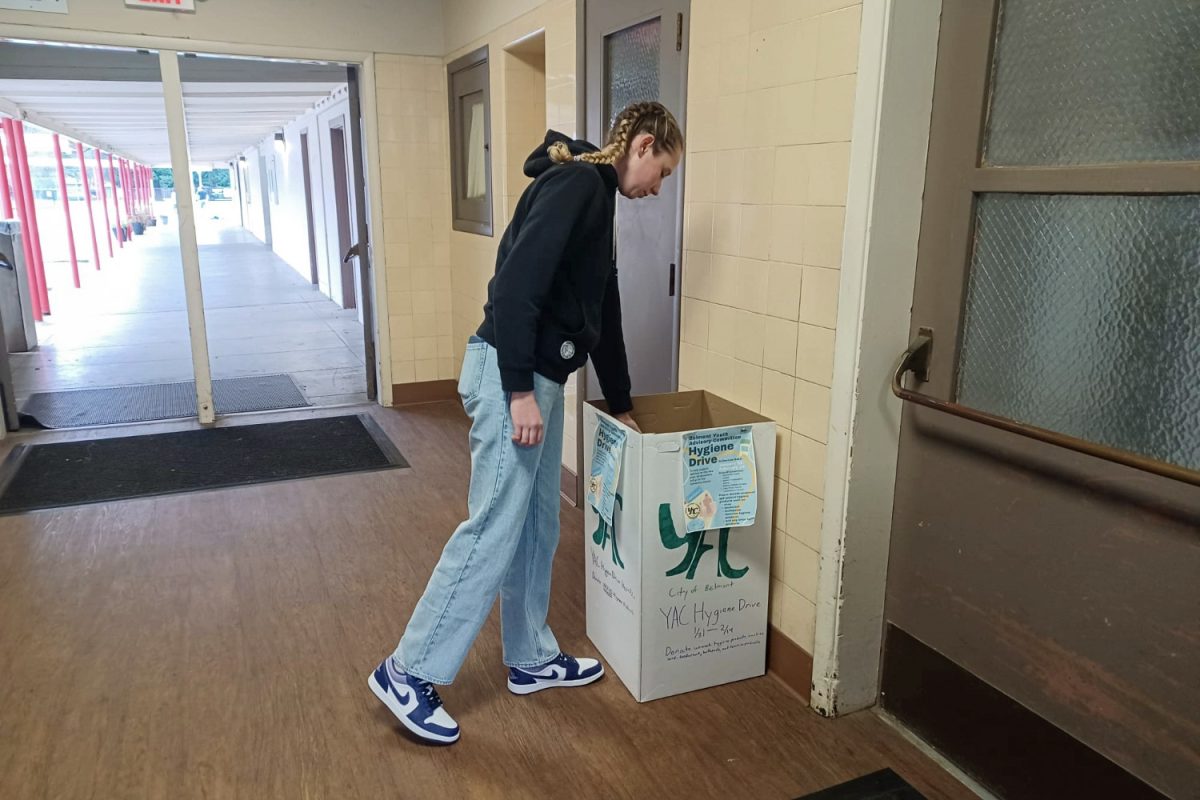A hurricane made its way through three states at 140mph, destroying close to 4 million homes and businesses in less than a week.
Hurricane Helene was a category four storm that stretched between Sept. 24 and Sept. 29 and struck the southern states of the U.S., including Florida, Georgia, and South Carolina. Hurricane Helene has affected over 40 million people who faced evacuation, floods, and school closures.
The effects of Hurricane Helene call into question the increasing severity of the global climate crisis.
“As climate change is getting worse, and as temperatures are increasing, we are seeing more severe natural disasters,” said Tara Krishnan, Carlmont Green Team’s co-president.
The increasing severity of natural disasters resulted from shifting wind patterns due to warmer air and ocean currents. According to Krishnan, Hurricane Helene was a direct result of these warmer ocean currents, an overarching result of climate change.
Climate change is not only the cause of hurricanes but is also the cause of other natural disasters, such as droughts and wildfires, which have seen an increase in the past few years.
According to Krishnan, these natural disasters act as big wake-up calls that force people to acknowledge that climate change is real and has devastating consequences.
Educating and spreading awareness about climate change and its effects significantly impacts the success of combating its consequences. There are little things everyone can do in their daily lives to help the fight against climate change, such as taking shorter showers, throwing trash in the correct bins, and turning the tap off while brushing their teeth.
“Many people think, oh, I’m just one person. What can I do? But what you do does make a difference, especially if you’re promoting it to your family and friends; that can make a huge difference,” Krishnan said.
In response to climate change consequences such as natural disasters, organizations such as the EPA Green Power Partnership are working on renewable energy projects and collecting data on the topic to increase general knowledge on combating the effects of climate change.
The partnership is currently working on updating its program guidance to obtain additional metrics through the low-emissions electricity program.
According to Bailey Rosen, a program manager for a voluntary program at EPA, the program aims to determine how to run renewable energy when the sun is not shining and the wind is not blowing. Rosen is not a direct spokesperson for the EPA Green Power Partnership.
Programs like the EPA Green Power Partnership are also looking to benefit from the Inflation Reduction Act, the most significant piece of climate legislation ever passed. One of the primary focuses of this act is tax incentives for building renewable energy.
More people are gaining access to clean energy due to the legislation being passed, such as the Inflation Reduction Act, further allowing the spread of knowledge about resources like this to reach more people. With the spread of awareness around the topic of climate change, there has been an increase in volunteer opportunities and participation in combating carbon emissions.
“I would encourage students to educate themselves about their electricity,” Rosen said. “For example, when they turn the lights on, do they know what resources go into that?”
Considering Carlmont’s future of environmental activism, the Green Team club has been working hard to promote sustainability on campus and to educate students of all grades about climate change.
According to Chloe Khachadourian, the other co-president of Carlmont’s Green Team, they are also working on ways to teach about and mitigate the effects of climate change.
Their projects around the school include composting bins, climate infographics, various gardens, and plant-based lunch options served in the cafeteria.
The Green Team works within Carlmont and has external partnerships such as Go-Greenish, a student-led organization that partners with student groups across California. They recently worked with Carlmont’s Green Team on building the gardens seen around campus.
In the meantime, they continue to work on spreading awareness, and Khachadourin emphasizes the importance of teaching younger students about environmentalist activism.
“Allowing the younger generations to have a voice is really important because they are really passionate, and they are going to keep trying to solve this problem because we need to solve it, or else we’re not going to be around in the next few hundred years,” Khachadourian said.












